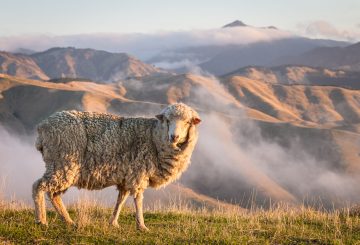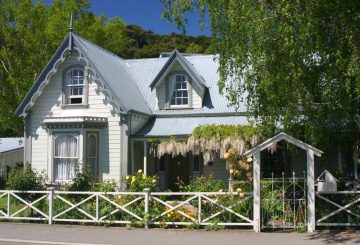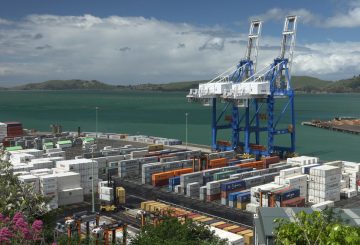Các cuộc gọi đang được thực hiện để xem xét lại tuổi hưởng trợ cấp ở New Zealand khi chi phí lương hưu tiếp tục tăng lên. Nhà kinh tế học chính của Infometrics Brad Olsen đã tuyên bố rằng vấn đề hưu trí đã bị bỏ qua quá lâu, và đã đến lúc xem xét việc tăng tuổi đủ điều kiện. Olsen đã nhấn mạnh các chi phí ngày càng tăng của tiền cấp dưỡng khi dân số tiếp tục già đi, và nhiều người trở nên đủ điều kiện để hưởng lương hưu. Hiện nay, chi phí của Superannuation New Zealand là 55.7 tỷ USD, và con số này dự kiến sẽ tăng trong những năm tới. Olsen đã tuyên bố rằng New Zealand cần xem xét việc tăng tuổi đủ điều kiện để giảm áp lực đối với chi tiêu của chính phủ và đảm bảo rằng các dịch vụ thiết yếu khác nhận được tài trợ.
Ủy viên hưu trí Jane Wrightson không đồng ý với gợi ý này, nói rằng bất kỳ sự gia tăng tuổi đủ điều kiện để được hưởng lương hưu sẽ làm bất lợi cho phụ nữ, người Māori, và người Thái Bình Dương. Wrightson gợi ý rằng độ tuổi đủ điều kiện cho tiền cấp cao hiện tại nên vẫn giữ nguyên hoặc một hệ thống phức tạp hơn nên được xem xét để giảm sự bất bình đẳng không thể tránh khỏi sự thay đổi như vậy sẽ mang lại.
Tổ chức Hợp tác và Phát triển Kinh tế (OECD) cũng đã đề nghị rằng New Zealand cần phải tăng tuổi đủ điều kiện để tăng tuổi hưởng lương hưu để giúp kiểm soát mức nợ. Dân số già hóa ở New Zealand có nghĩa là chương trình này sẽ trở nên ngày càng tốn kém.
Cuộc tranh luận về tiền hưu trí xuất hiện trong sự trỗi dậy của các cuộc biểu tình và bạo loạn ở Pháp về những thay đổi đề xuất đối với tuổi nghỉ hưu của đất nước. Quyết định của Tổng thống Emmanuel Macron bỏ qua một cuộc tranh luận ở hạ viện nước này đã dẫn đến những lời chỉ trích về các cải cách, điều này sẽ nâng tuổi nghỉ hưu từ 62 lên 64. Tại New Zealand, tuổi nghỉ hưu hiện được đặt ở mức 65.






























































